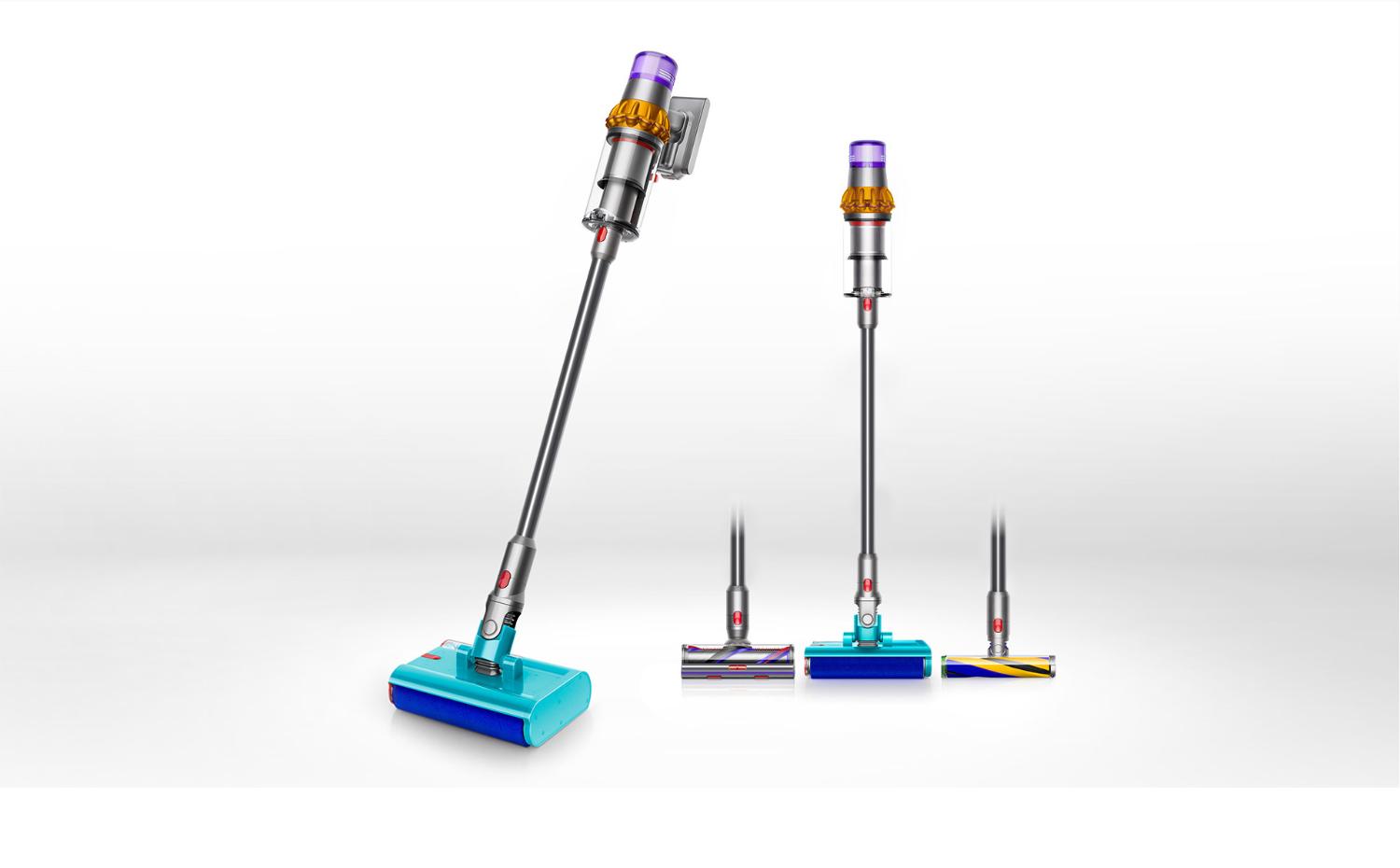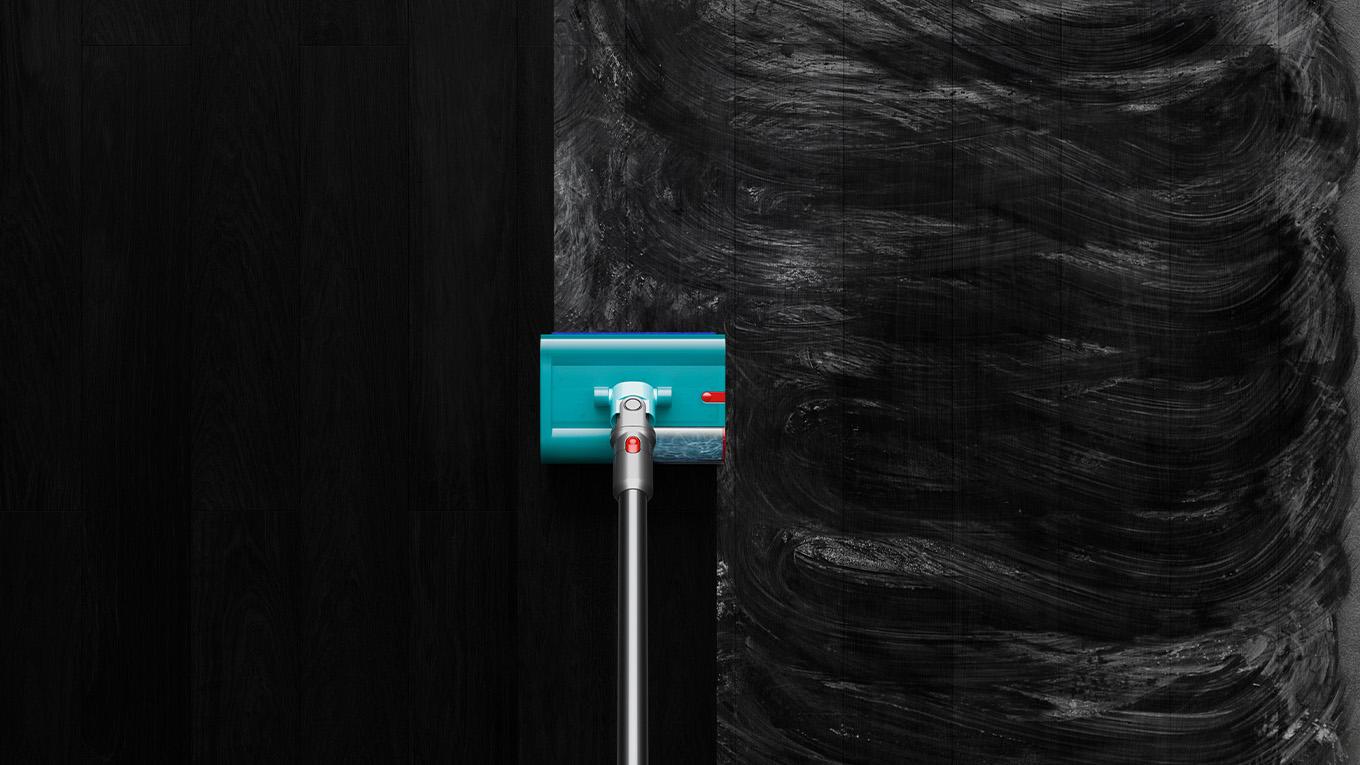Insights | Cleaning | Floor Types
How to clean hardwood floors
Hardwood floors add warmth and elegance to any home, and they are easy to care for if cleaned properly.
But while hardwood is a durable surface, it can also take a lot of wear – whether that’s from daily foot traffic, spills, scuffs, children playing or muddy pets. Without a proper cleaning regime, dirt, dust, and pet hair can build up and leave your floor looking dull or feeling slippery.
Maintaining hardwood floors requires a delicate touch to prevent damage, so here’s our expert tips for cleaning them.
Identify the type of hardwood
Before you get started, it’s important to identify your floor type to tailor your cleaning routine accordingly.
Although they are similar in appearance, solid hardwood and engineered hardwood have different cleaning requirements. Solid hardwood is made from a single solid piece of wood, usually three-quarters of an inch thick. Examples are oak, walnut, cherry, and maple.
Engineered wood on the other hand is a composite of softwood with a layer of real hardwood veneer on top. It’s typically more stable than solid hardwood and less likely to expand and contract.
As an engineered floor is better equipped to cope with moisture than a solid floor, it’s a little easier to care for. But both types of hardwood floor should never get soaking wet and standing water can’t be left on the surface for a prolonged period.
The Dyson WashG1™ wet cleaner comes with varying hydration modes so you can fully customize the amount of water you use and keep your floor protected .
Finish matters
Hardwood floors come with various finishes like polyurethane, wax, or oil. Understanding the finish is crucial as it determines the cleaning products and methods you can use.
With untreated wooden flooring, it’s best to dry clean, such as vacuum, to prevent water damage. But if your wood floor is treated to prevent water damage, then you can use wet cleaning.
Five steps to cleaning hardwood floors
How often you clean your wood floors depends on where the flooring is and how much wear it gets, your hardwood floor type, and the messes and spills involved. In general, you should do the following:
1. Dry clean daily
Dirt and grime build-up can prevent your hardwood floors from shining and cause scratching too. To minimize damage, remove loose dirt, dust, and debris that could scratch your floor when walked over.
The Fluffy Optic™ cleaner head with the Dyson V15s Detect Submarine™ wet and dry vacuum has a precisely angled light to reveal invisible dust on hard floors. Or the Dyson WashG1™ wet cleaner can be used to remove dry dirt as well as wet.
If you can’t dry clean every day, aim to remove dust and dirt from high-traffic areas like hallways or entranceways as often as possible.
2. Wet clean weekly
A weekly floor wash with a wet hard floor cleaner like the wet roller head of the Dyson V15s Detect Submarine™ or the Dyson WashG1™ dedicated wet cleaner removes more stubborn dirt than vacuuming alone. Both machines remove liquid spills, debris, and dried-on stains
Hygienic and powerful, they use motorized wet roller technology to wash your hard floors with clean water from start to finish. Using a wet hard floor cleaner is more efficient and less time consuming than a mop and bucket. For more on which method is more effective, read our article Wet hard floor cleaners vs. mop and bucket.
We’d also advise against using a steam mop on your hardwood floors, as vapor may enter small holes in the wood and damage the floor surface.
3. Maintenance check every few months
Regular cleaning is not the only thing to consider when it comes to caring for your hardwood floors. Wood is sensitive to changes in the surrounding environment and maintenance is needed to keep your floors in good condition.
As wood can react to temperature and humidity, it’s recommended to use a humidifier in dry seasons and a dehumidifier in humid climates. This will help maintain a consistent level of humidity and prevent the wood from expanding or contracting.
If the manufacturer recommends it or a floor needs it, you can use a wood floor treatment after cleaning. But make sure to follow the product instructions carefully.
4. Spot cleaning as needed
Accidents are an inevitable part of busy family life, but it’s important to clean up liquid spills as they happen. Any sticky residue only attracts more dirt.
The Dyson V15s Detect Submarine™ washes hard floors all around your home – from pet mess and muddy paw prints in entranceways to meal-time mess, like spilt baby food in the kitchen.
Protecting hardwood floors
There are a few things you can do to help protect your wood floors and minimize unwanted scratches or dents.
Reduce tracked-in dirt
Well-placed rugs or mats in entranceways and in high-traffic areas will help limit the amount of dirt, dust and grit that reaches your floors. Plus, removing shoes at the front door helps avoid tracking in dirt all over the house.
Use protectors under furniture
Secondly, attach felt pads to the legs of heavy furniture to prevent scratches when moving or rearranging items. The pads will also reduce denting for furniture that isn’t moved often.
Limit sun exposure
Direct sunlight can cause discoloration. Use curtains or blinds to minimize prolonged exposure, especially in areas with large windows.
Maintaining the beauty and durability of hardwood floors requires a combination of daily care, regular cleaning, and preventive measures. By understanding the type and finish of your hardwood and adopting good maintenance practices, you can enjoy the timeless appeal of your hardwood floors for years to come. Regular attention and a gentle touch will preserve the natural charm that hardwood floors bring to your home.
Read more

¹ Dyson Internal Research
Press contacts
-
USA
Emails us at USPR@Dyson.com
1330 West Fulton Street, 5th Floor, Chicago IL, 60607
-
Social media
- Twitter: @dyson
- YouTube: youtube.com/dyson
- Facebook: facebook.com/dyson
- Instagram: @Dyson
- Instagram: @dysonbeauty
- LinkedIn: Dyson
- Pinterest: Dyson Technology







